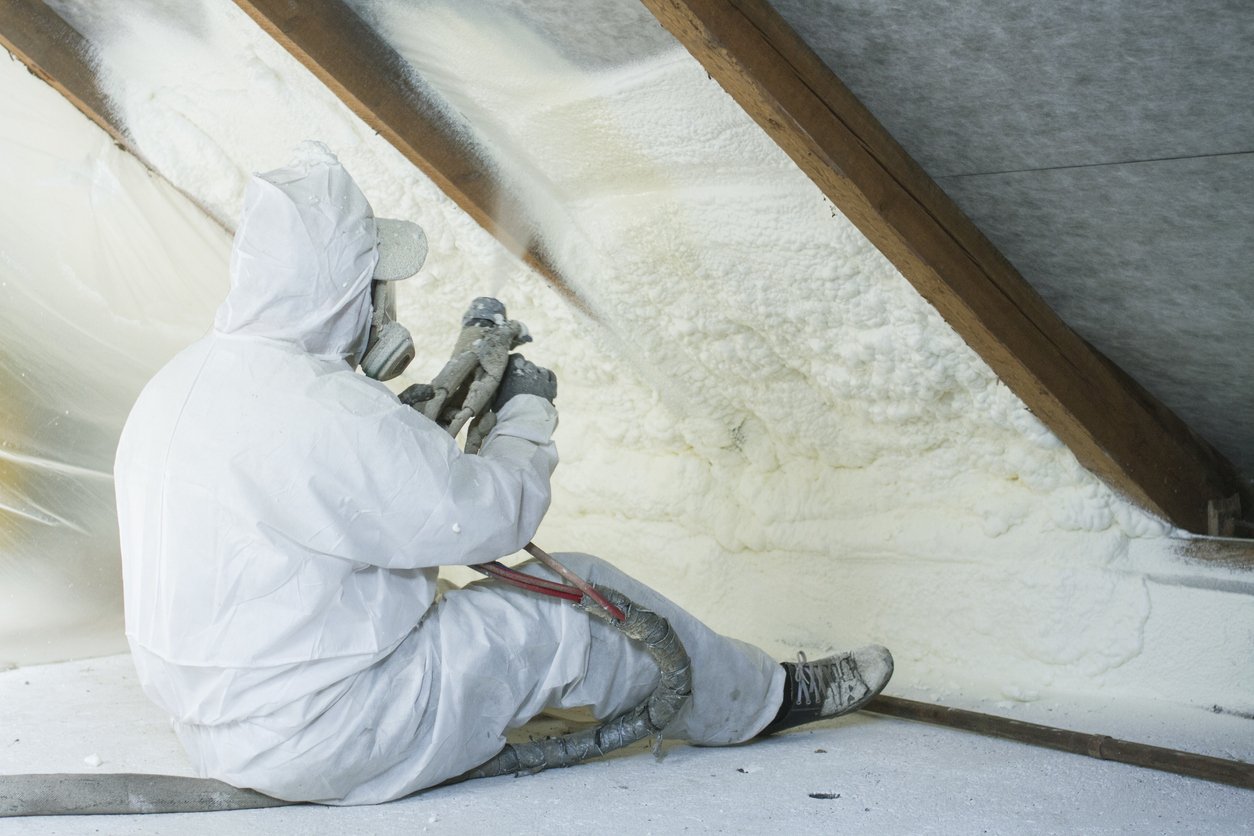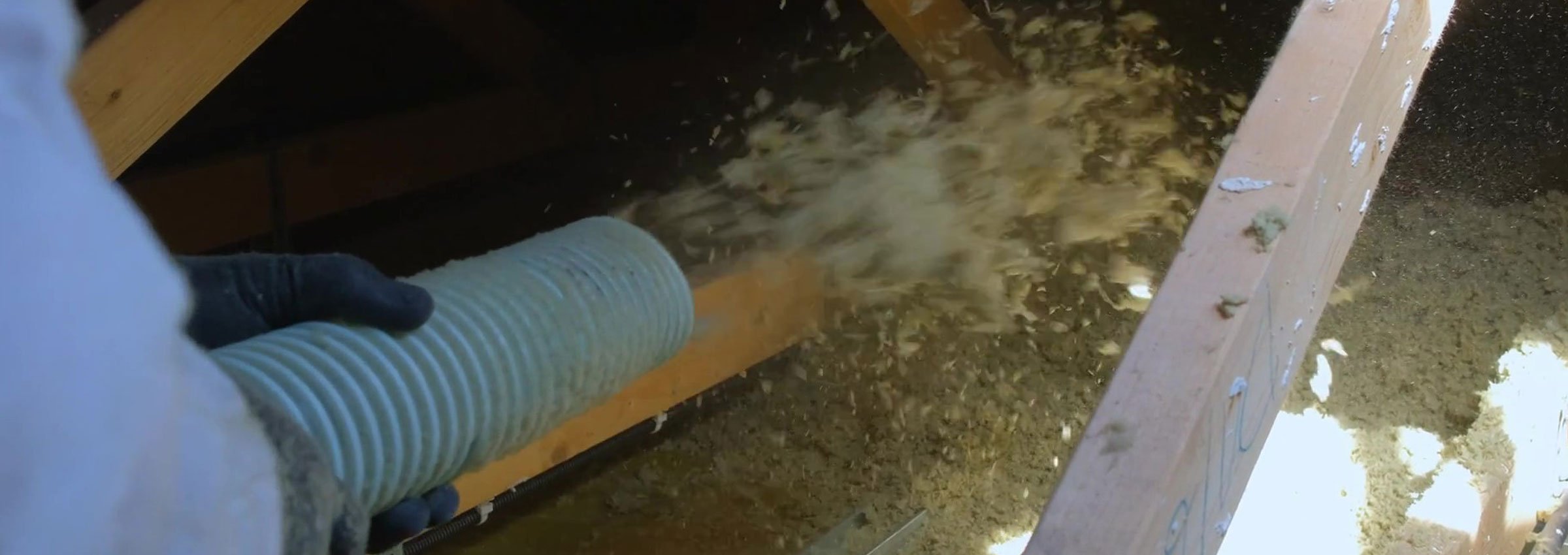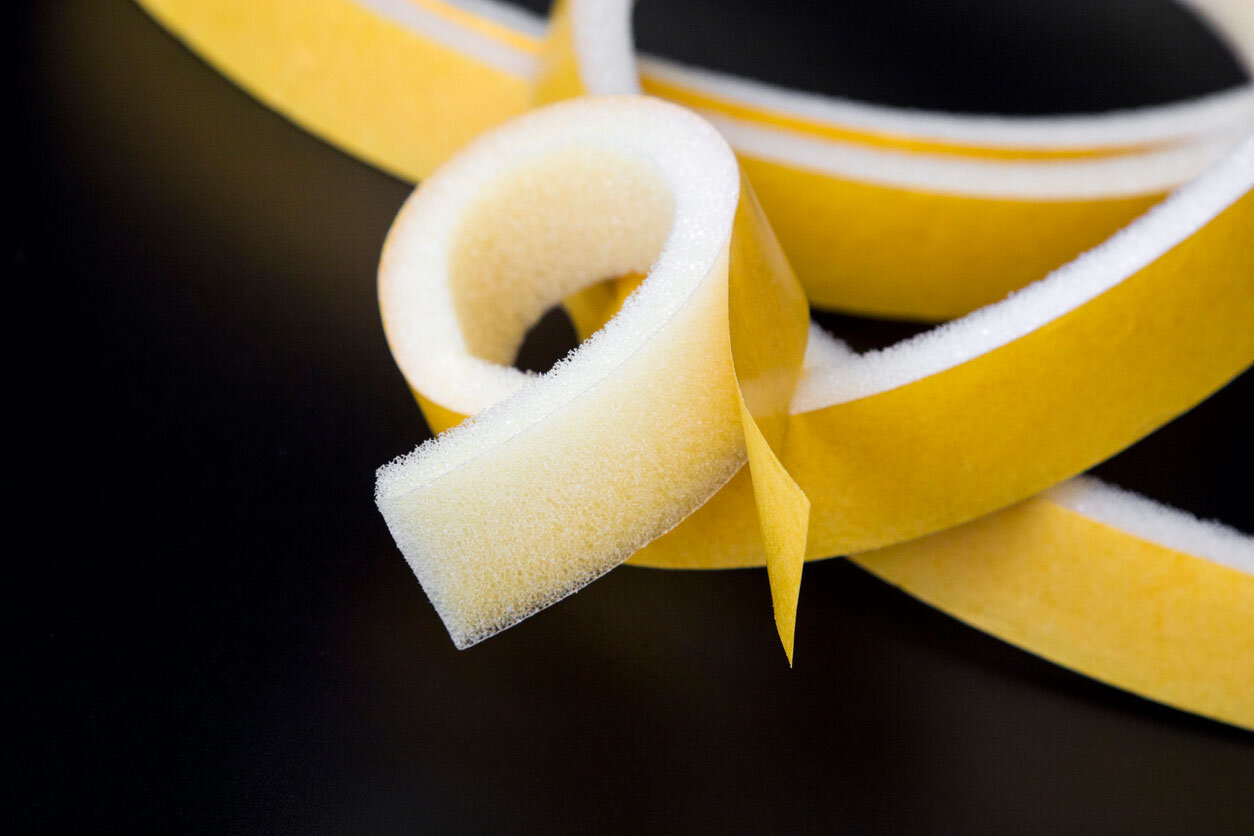If you're working on combating drafts and improving the efficiency of your HVAC system, you have likely come across several types of home insulation. How do you know which option for home insulation is right for your needs? Here are some of the benefits of different types of home insulation.
Fiberglass Insulation
If you are dealing with an area that is easy to reach and does not have nooks to fill in, fiberglass insulation may be the right choice for you. Fiberglass insulation tends to be less expensive than other options, and the installation process is simple enough for a homeowner to take on the job themselves. Fiberglass is the traditional insulation option that many homeowners think of when they are working on insulating their home against the cold.
Sprayed Foam
Areas that are hard to reach or have an irregular shape that makes other insulation materials more difficult to install efficiently and effectively can benefit from the use of sprayed foam. This type of foam insulation is applied via a spray that then expands to create a seal against air leaks. While sprayed foam tends to be a more expensive option when it comes to home insulation, it is also one of the most effective options.
Cellulose Insulation
Cellulose insulation is made from plant fibers and comes in several forms that are applied differently depending on which option you choose. Loose-fill cellulose is an option that is used in older homes, as it can be blown into existing walls to provide a protective layer against drafts. While other types of cellulose insulation are applied wet, loose-fill cellulose is dry when it is blown into the wall. No matter what form is used, cellulose insulation is a cost-effective option due to its lower cost when compared with spray foam.
To learn more about the different types of insulation and how they can work for your home, contact Air Assurance today. We serve Broken Arrow and the surrounding areas.




















